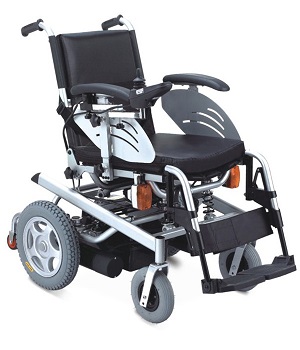A Examination Couch or hospital cot is a bed specially designed for hospitalized patients or others in need of some form of health care. These beds have special features both for the comfort and well-being of the patient and for the convenience of health care workers. Common features include adjustable height for the entire bed, the head, and the feet, adjustable side rails, and electronic buttons to operate both the bed and other nearby electronic devices.
Hospital beds and other similar types of beds such as nursing care beds are used not only in hospitals, but in other health care facilities and settings, such as nursing homes, assisted living facilities, outpatient clinics, and in home health care.
While the term “hospital bed” can refer to the actual bed, the term “bed” is also used to describe the amount of space in a health care facility, as the capacity for the number of patients at the facility is measured in available “beds.”
Beds with adjustable side rails first appeared in England some time between 1815 and 1825.[1]
In 1874 the mattress company Andrew Wuest and Son, Cincinnati, Ohio, registered a patent for a type of mattress frame with a hinged head that could be elevated, a predecessor of the modern day Examination Couch.[2]
The modern 3-segment adjustable hospital bed was invented by Willis Dew Gatch, chair of the Department of Surgery at the Indiana University School of Medicine, in the early 20th century. This type of bed is sometimes referred to as the Gatch Bed.[1]
The modern push-button hospital bed was invented in 1945, and it originally included a built-in toilet in hopes of eliminating the bedpan.







Reviews
There are no reviews yet.